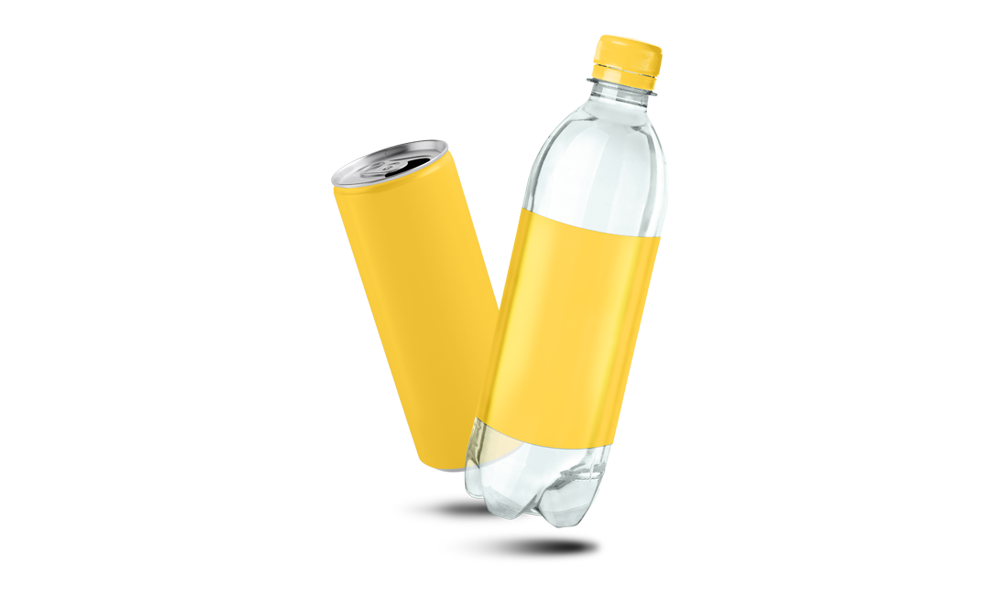The deposit system is saving carbon dioxide
All collection of cans and PET bottles and all collection systems are favourable for the environment and the climate. The collection systems that provides the greatest environmental savings is the closed material recycling, as a can of aluminium can become a new can and a bottle become a new bottle. In 2017, the collection via the Swedish deposit system contributed to 150 000 tonnes of reduced carbon dioxide emissions*. This is shown by the life cycle analysis (LCA) that we commissioned in 2018.
- The closed material recycling is the heart of our entire business and it is what makes the deposit system the collection system has the best environmental performance. The analysis shows that the environmental benefit achieved through our circular material recycling is significantly greater than the environmental impact that comes from the emissions that are necessary to run the deposit system, says Sara Bergendorff, Project Manager at Returpack and responsible for the LCA study.
The LCA study was conducted in 2018 by 12 master students of the Master of Science in Energy- Environment- Management Program on Linköping University. The analyzes are based on a drunk can or bottle at the consumer and then compare the environmental impact depending on the flow in which consumers choose to leave their packaging. The environmental impact categories examined are acidification, eutrophication, global warming, ground level ozone and ozone depletion.
Circularity - an important factor in environmental impact
The review of the deposit system is based on actual outcome data, while the review of the collection flows of plastic and metal and the collection via household waste must to a greater extent be based on assumptions. This means that the systems can not be compared directly in the study.
- Even if there are limitations in the study, we can with certainty conclude that the deposit system has the best environmental performance of the systems examined. By far the most important factor for the positive environmental impact is the closed material recycling, i.e. when the material can be recycled into new food-approved cans and bottles. Something that is not possible in the other systems, says Sara Bergendorff.
In Sweden, we are genrally good at leaving our packages in their proper flows and thus ensure that the materials are recycled in the intended manner. About 85 percent of all deposit packaging in the country are deposited. In 2017, the collection via the deposit system saved around 150 000 tonnes of carbon dioxide.
- It is almost twice as much carbon dioxide saving compared to if the packaging had been collected through the plastic or metal collection and more than three times as much as if it had been thrown in the household garbage and burned in a thermal power plant. If all depositable packaging were to be deposited, we would maximize the environmental benefit of the circular flow, says Sara Bergendorff.
*On average, each can and PET bottle collected gives a carbon dioxide saving of about 80 grams.




